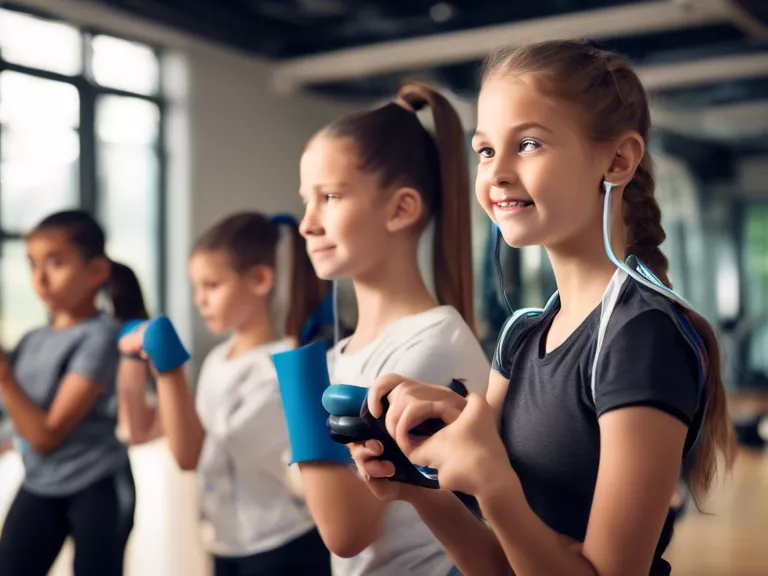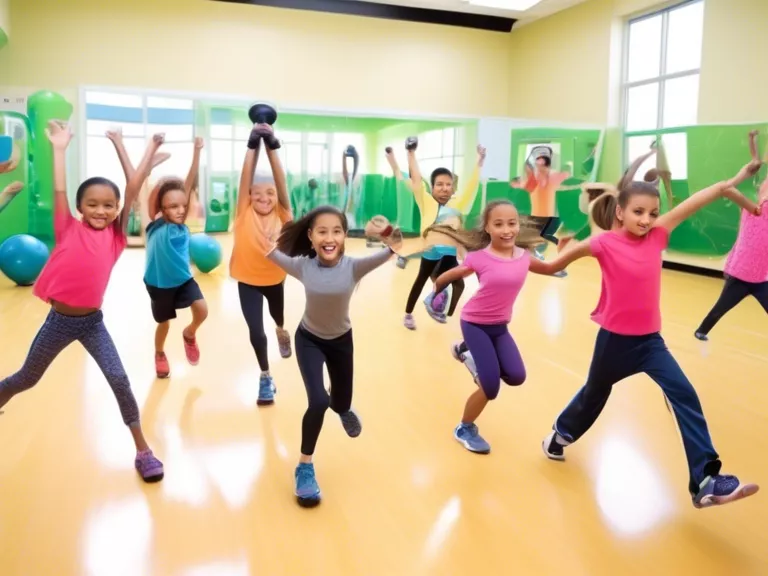
Introduction
In recent years, the integration of technology in fitness education has revolutionized how individuals learn and practice healthy habits. From wearable devices to interactive apps, fitness tech innovations have made it easier for modern education to promote physical well-being. This article explores some of the cutting-edge fitness technologies that are shaping the way people engage with health and fitness education.
Wearable Fitness Trackers
Wearable fitness trackers have become increasingly popular tools for monitoring physical activity and health metrics. These devices, such as smartwatches and fitness bands, can track steps taken, calories burned, heart rate, and even sleep patterns. By providing real-time data and personalized insights, wearable fitness trackers empower users to set and achieve their fitness goals effectively. Teachers and educators can leverage these devices in the classroom to encourage students to be more physically active and make healthier lifestyle choices.
Virtual Reality (VR) Fitness
Virtual reality technology has opened up new possibilities for engaging and immersive fitness experiences. VR fitness apps and games transport users to virtual environments where they can participate in various workouts and challenges. This innovative approach to fitness education not only makes exercise more enjoyable but also helps individuals stay motivated and committed to their fitness routines. Educators can incorporate VR fitness programs into their curriculum to make physical education more interactive and engaging for students.
Fitness Apps and Online Platforms
The proliferation of fitness apps and online platforms has made it easier for individuals to access workout routines, nutritional guidance, and wellness resources anytime, anywhere. These digital tools offer a wide range of features, such as workout videos, meal planning, progress tracking, and community support. By utilizing fitness apps and online platforms, educators can supplement traditional fitness education with interactive content and personalized guidance, catering to the diverse needs and preferences of learners.
Gamification of Fitness
Gamification involves incorporating game elements, such as rewards, challenges, and competition, into fitness activities to enhance engagement and motivation. Fitness apps and programs that gamify exercise routines encourage users to stay active by making fitness goals more fun and rewarding. In an educational setting, gamification can be used to promote healthy competition among students, foster teamwork, and instill a sense of accomplishment as they progress in their fitness journey.
Personalized Training and Coaching
Advancements in artificial intelligence and machine learning have enabled the development of personalized training and coaching tools that adapt to individual needs and preferences. These intelligent fitness solutions analyze user data, provide tailored workout recommendations, and offer real-time feedback to optimize performance and results. By incorporating personalized training and coaching into fitness education programs, educators can cater to the unique requirements of each student, helping them achieve their fitness objectives more effectively.
Conclusion
Fitness tech innovations have transformed the landscape of modern education by offering innovative solutions to promote physical well-being and healthy living. From wearable fitness trackers to virtual reality fitness programs, these technologies provide individuals with the tools and resources they need to lead active and healthy lifestyles. By integrating fitness tech innovations into educational settings, educators can inspire and empower students to prioritize their health and fitness, fostering a culture of wellness and vitality in the modern world.

